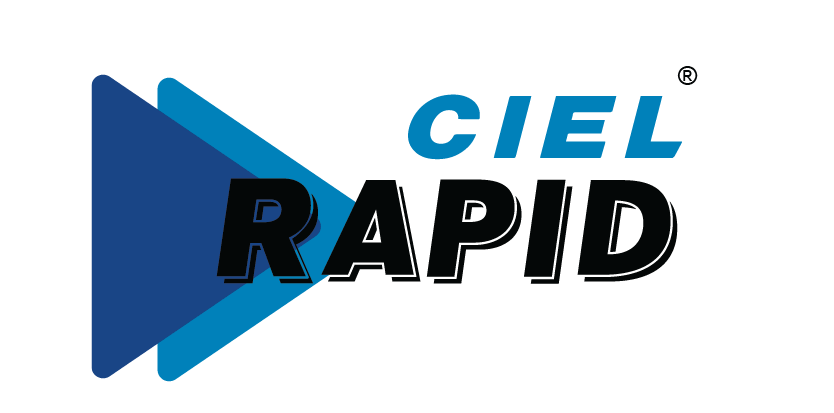In the ’90s, organisations considered their workforce as personnel and they worked towards managing their relationship with the workforce so that productivity is maintained and disruptions are avoided. Soon after, the idea started evolving into human relations and then into talent management. They started believing that talent is a competitive edge for an organisation and bears tremendous potential that can be unleashed by attracting the right talent, developing and retaining them.
What lies ahead?
As the pandemic disrupted the world of work, organisations worldwide have been forced to rethink their approach towards people. They have discovered several opportunities in making their people practices relevant to the new world of work.
As the pandemic struck, the leaders had to think about the safety of their people and the assets; accordingly made a set of interventions. Then, they had to shift their focus to bringing the wheels of business back to action and ultimately, setting them up for the usual momentum it needs to sustain itself and grow further. In this process of traversing from the lockdown to reopening and finally business-as-usual, a few things have changed.
For example, we are now using a workforce that is a blend of part-timers, full-timers, gig workers, fixed-term employees, contingent workers; some of them are working from spaces outside the physical spaces of the organisation at the hours convenient to them. Hence, we have people with a diverse set of priorities, beliefs and backgrounds. Aligning all of them with the organisational mainstream is quite a challenge. Secondly, there are changes in the compliance and regulatory framework, organisations have to comply with.
There is hyper-competitiveness in the business environment and hence, we need to be sharply focused on the short-term goals and at the same time, on long-term sustainability. Some skills could be highly valued and critical for short-term success while there could be another skill pool which is critical for the long term. Hence, our performance management and talent development processes need to keep pace with these.
What changes in Talent Attraction practices?
So huge is the change that for some, we need a transformation in their approach.
Firstly, we need greater flexibility in our costs so that we can keep pace with the changes in demand. Given the changes in workforce blend, the flexibilities we need and our increased amenability towards leveraging technology, talent acquisition has new challenges to conquer and opportunities to leverage.
We have to discover new talent pools, draw up appropriate strategies to attract talent from those pools and execute those plans. In the backdrop of a tight talent market, a limited pool of candidates with the skills in demand will be pursued by many employers giving rise to imbalances in demand and supply. So, we have to strengthen our employer brand proposition and communicate the same with impact to the target pool. We have to deploy the latest tech tools to make the hiring process quick and efficient.
Many a time, the hiring managers do not have the right picture of the talent market and hence, make unrealistic demands which either take a long time to fulfil or remain unfulfilled. In any case, the business bears the brunt of the delay in finding the right talent. Hence, talent acquisition specialists need to communicate proactively to the rest of the organisation about the most recent trends of the talent market and accordingly set the action agenda.
Talent development needs rewiring
With the diversity in talent growing and our ability to adopt technology better, talent development methods have to change and practices have to evolve. Using more digital platforms and methods, leveraging gamification in learning and development are the simplest changes to introduce and is an easy win. Upskilling is a major requirement for almost every organisation in today’s time because technologies are changing and the existing methods of doing work are continually being improved. Thus, talent development is an ongoing work for the talent management team. Again, digital tools come handy here.
Recognising and rewarding performance is an area which has an immediate impact on the organisation culture and the employer brand proposition. The leadership team has a great role to play here. For every organisation, based on its stage of evolution and the market dynamics, the leadership team evolves a winning formula. Accordingly, the critical skills and behaviours needed for success are determined.
Talent management function has to ensure that the winning formula is clearly understood and the behaviours are not only relevant but also are in alignment with the changing realities. Based on this crucial analysis, we have to make sure that the key performance indicators and the result areas are well-defined and understood in the organisation. Rewards and recognition processes have to call out the best performers and worst performers, take suitable actions for both categories and strengthen the core further by pushing the bar up for the largest part of the organisation.


